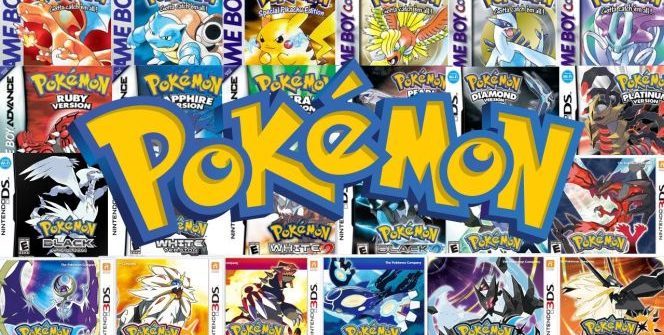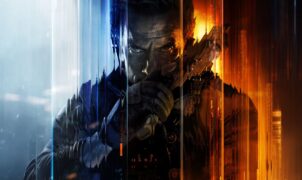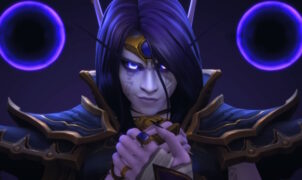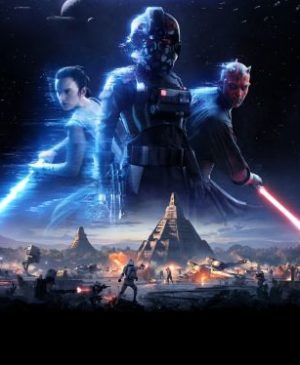If it weren’t for Shigeru Miyamoto, one of Nintendo’s vital creative people, Game Freak would have made an excellent (and marketing-wise, unimaginable) move.
In a video from Did You Know Gaming, we see old interviews with the creative team behind the first generation Pokémon game. Game Freak planned to have 65,000 versions of the game, with thousands of differences depending on which number you received. The idea was shared with Miyamoto, who preferred different colour palettes. The whole concept would have been based on the Trainer ID. When you start the game, you get a random number between 1 and 65,000, which didn’t end up having much effect. Still, the studio said it would have determined which Pokémon you ran into, and the shape of particular forests would have been based on that. According to Takenori Oota, a programmer in a 1996 Japan-only PokeDex book, “We also considered having each game generate a random ID number the first time it was booted up, and that number would determine which Pokémon appeared in the game.”
The random number remained, but eventually, under Miyamoto’s influence, the two colours (red and green in Japan, red and blue in the West) decided the significant differences. And in 1997’s Famimaga 64, Game Freak founder Satoshi Tajiri explained that his visit to Miyamoto led him to choose to change the concept: “The shape of a forest, the Pokémon that would appear, I wanted to make a game that would be different for everyone, but it was difficult. So I went to consult with Shigeru Miyamoto from Nintendo, and we decided to make it so that depending on the colour – whether Red or Green – the worlds would be parallel but different.”
In the 2000 Pokémon Story book, also published only in Japan, he explained in detail: “So, we randomly assigned auto-generated ID numbers from 1 to 65,000 to every game cartridge. With the cartridge IDs randomly determined, Pokémon caught in those games would all carry that ID number, so long as someone wasn’t trading with 65,000 different people, the odds of trading with someone with the same ID were unlikely. I talked to Miyamoto about how we’d make players understand that every cartridge is different when they buy one, and he told me the system sounded interesting, but it was a bit difficult to grasp. He said if players can’t tell just by looking at it, it won’t work out, and it would be better if the games’ colour or appearance were different.”
Tajiri also said, “In Pokemon’s early development, you could buy Pokemon with money — but that resulted in the player focusing on saving money to buy them, and less motivation to struggle to catch them in the wild. We also thought about making one player pay money in addition to their trade when there was an obvious difference in the value of two Pokemon being traded, but implementing Pokemon monetary values was beyond the limits of our programming. Transferring money in the game is very different from wiring money in real life, and there were difficulties getting it to work on Game Boy — there were just too many obstacles to overcome to make it happen. We had no choice but to focus on what we wanted most and give up on the rest. In this case, being able to trade Pokemon was our top priority, so we cut the monetary value feature.”
Akihito Tomisawa, another Game Freak developer, added: “In the initial plan, every town had a shop that sold Pokemon, so you could buy tons of them if you had enough money, what was once thought of as an outstanding idea to have ‘Pokemon Stores’ got cut.”
















Leave a Reply